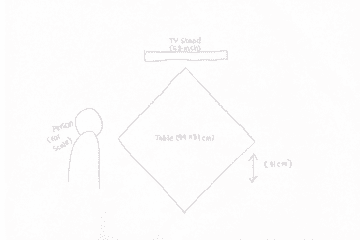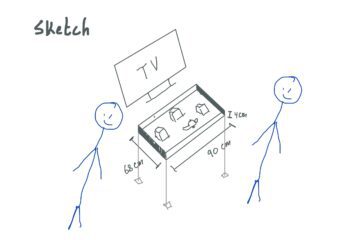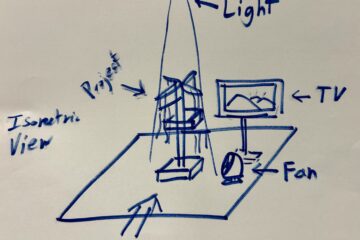Group Members: Bato, Insiya, Tengis, Seoyoon (Ian)
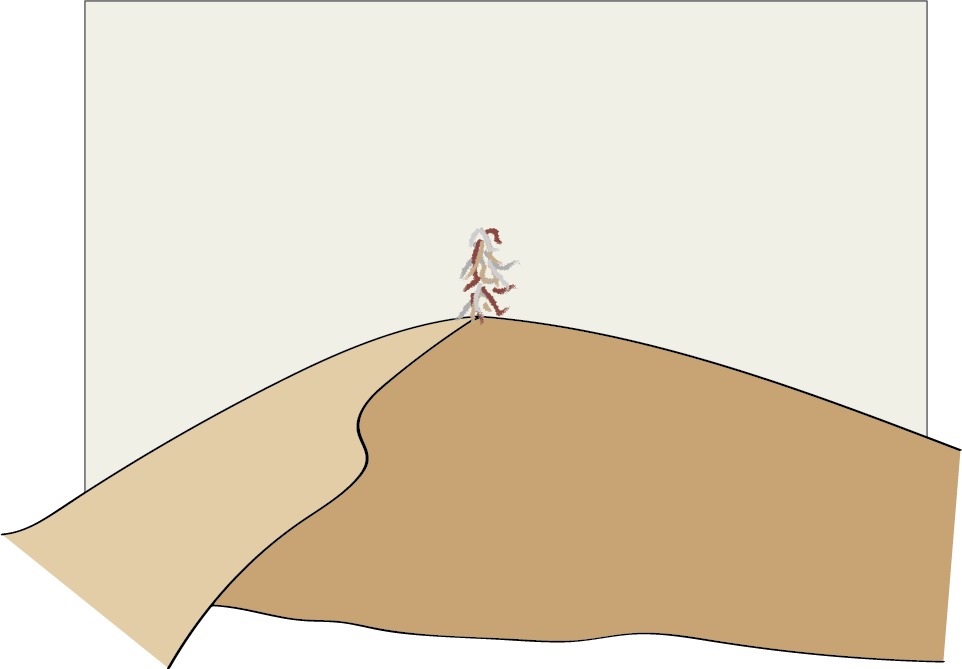
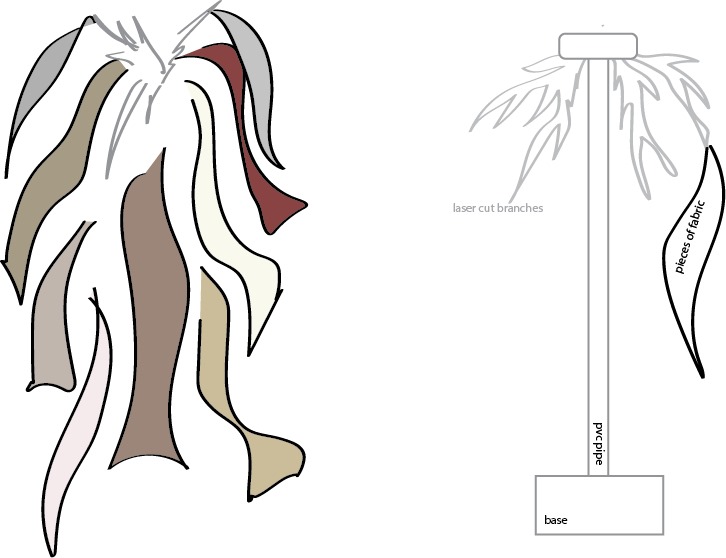
Concept Overview
Veil of Echoes is a project that tries to capture the history and living experiences of the desert. Leaning into the more supernatural elements of the desert, with its vast and limitless feel, we will create an interactive sculpture that engages visitors with movement and sound. Our artwork will be made of flowing fabric that will work with the wind and the structure, made of pvc pipe, will have drilled holes that capture the sound of the wind and create a symphony. The sculpture will also directly react to visitors who come up close by playing sounds and changing its movement.
Interaction Design/Relation to Desert Context
In the desert environment, our perception of objects can change based on distance, making things appear different from afar than they do up close. Our installation plays on this effect, drawing a viewer’s attention from afar and, as they approach, altering its behavior in response to their presence. Using an ultrasonic sensor to detect proximity, the kinetic sculpture slows its movement and emits subtle ethereal sounds, creating an experience that reacts to the human presence. This interaction, combined with the fabric’s natural motion, captures the mysterious, shifting essence of the desert landscape.
Technical Implementation
For construction, the sculpture incorporates a framework made from PVC piping and translucent acrylic branches, which are laser-cut to resemble natural desert shapes and provide lightweight structural integrity. Loosely bolted sub-branches, attached to the main acrylic branches, introduce slight, organic motion, allowing the structure to respond gently to environmental changes. Thin fabrics like cotton, muslin, or georgette are draped and sleeved over these branches, enhancing the organic, wind-blown look. These materials sway naturally with gentle movements, giving the installation a supernatural quality.
To support the interactive features, ultrasonic sensors are strategically placed around the perimeter of the sculpture, spaced at intervals to detect the approach of viewers from multiple directions. These sensors feed data to microcontrollers housed in the flat base of the sculpture, where the main electronics and power supply are also discreetly contained. The base also holds the speakers, positioned to emit subtle sounds that complement the visual experience without overpowering it. The rotation mechanism, controlled by servos, is programmed to respond to sensor inputs, introducing a slight, intentional noise that enhances the sculpture’s ethereal quality.
